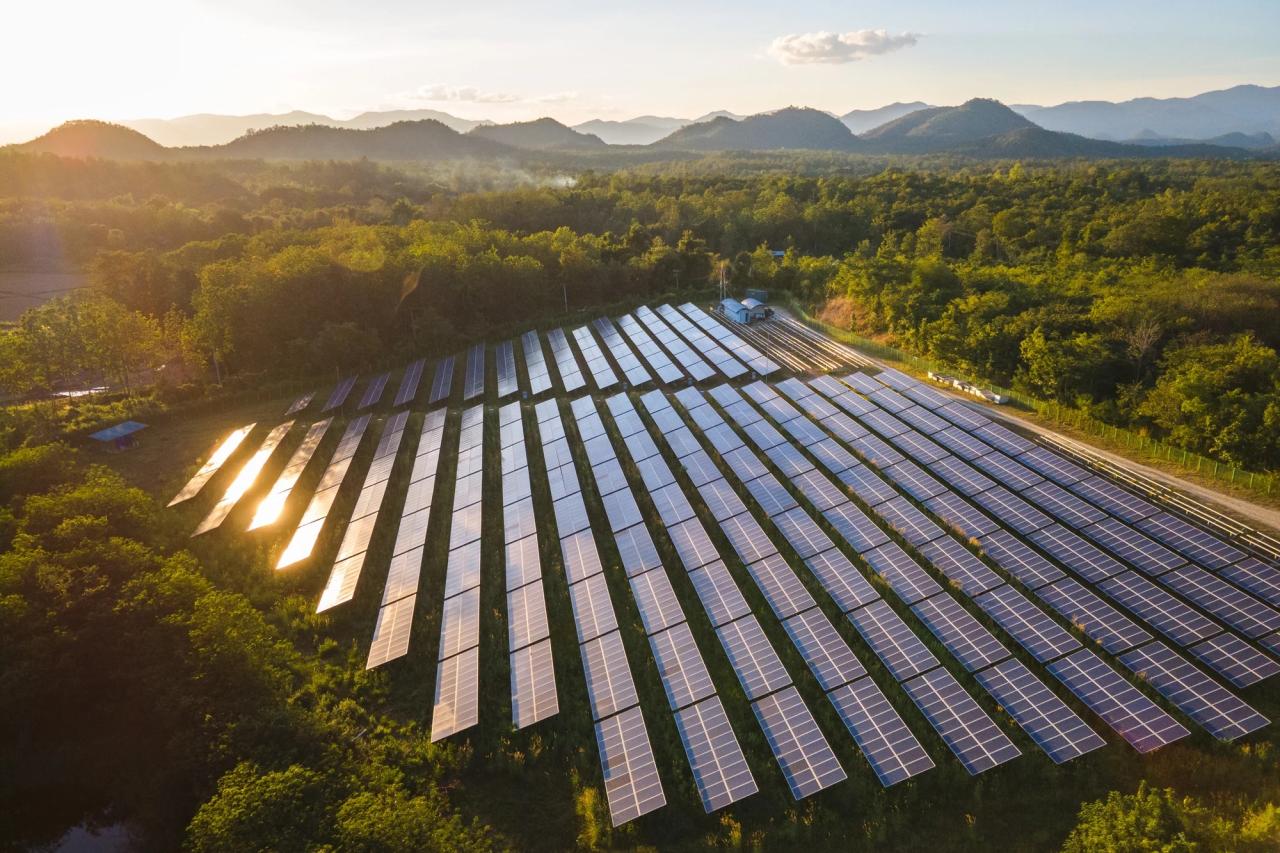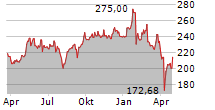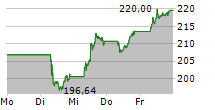
NORTHAMPTON, MA / ACCESSWIRE / November 26, 2024 / Schneider Electric
By Manish Pant
Schneider Electric's Access to the Future
Today, over 1.5 billion people are unable to access reliable energy, mostly in developing countries. It demands immediate action: expanding access to reliable and affordable clean electricity everywhere. A swift energy transition, packed with initiatives to address energy poverty, will transform the lives of millions while mitigating climate change.
Here, renewable energy systems - like minigrids, stand-alone, and off-grid systems - play a key role. They generate and distribute energy independently, making them a great option for areas with little to no access to traditional power grids.
Studies show that by 2030, Distributed Renewable Energy (DRE) could bring power to around 500 million people. Not only can it replace 'dirty' diesel generators, but does so while making power more reliable and affordable for homes and businesses. Its installation and maintenance can also create high-quality, local jobs. The International Energy Agency suggests that off-grid solutions are the most cost-effective way to electrify nearly half of the world's unconnected population by 2030.
Minigrid vs microgrid
A minigrid is a small, independent power network that usually integrates with the main grid, but can also work alone when needed. It provides power to different users like homes, businesses, and industries in a specific area. Minigrids are especially useful in rural or semi-urban areas where it's too expensive or difficult to expand the main grid.
A microgrid is a smaller version of a minigrid, with less power and fewer users. The main difference is that microgrids serve a smaller area or just one place, like a hospital, university, or military base.
Both minigrids and microgrids decentralize energy generation and provide reliable, affordable power to underserved populations. This makes them essential for achieving global energy access goals. But despite their promise, the adoption of minigrids in developing countries has been stunted.
The challenges facing minigrids
A report published by BloombergNEF and SEforALL noted three critical challenges: the need for regulation to protect cash flows, affordability, and the limitations of smaller-scale projects. Other barriers include:
Customizing to local conditions increases engineering and design costs, which impacts project viability.
High initial technology and equipment costs hinder widespread adoption.
Difficulty in securing affordable financing slows project implementation.
Limited purchasing power affects project financial sustainability.
Underdeveloped social engineering ecosystems impact community engagement and sustainability.
Overcoming these challenges requires a broad approach that reduces costs, creates financing mechanisms, and enhances social engineering while ensuring affordability for local communities.
Key drivers
The World Bank's Energy Sector Management Assistance Program highlights five drivers to help the minigrid market achieve its full potential:
Lowering the cost of electricity from solar hybrid minigrids to $0.20/kWh by 2030 would provide life-changing power to half a billion people for just $10 per month.
Building portfolios of minigrids, instead of one-off projects, could increase deployment to 2,000 minigrids per country per year.
Providing reliable electricity to communities would expand the operations of 200,000 schools and clinics, and create demand for three million income-generating appliances and machines.
Attracting private sector finance with development partner funding and government investments. This could raise $127 billion in investments for minigrids by 2030.
Establishing supportive policies, adaptive regulations, and minimizing bureaucratic red tape in countries with low access.
Innovative solutions to payment barriers
In India, the 'Climate Smart Village Solution' pilot lets farmers use solar power for various needs, boosting income while cutting costs with inverter-less and battery-less solutions. This makes renewable energy more affordable and better suited for rural economies.
Scaling to achieve SDG 7
To achieve Sustainable Development Goal 7 (SDG 7), an estimated 100,000 minigrids are needed annually in Africa alone. This ambitious scale means standardizing designs and products, to allow for quick plug-and-play installations without complex engineering and design processes. In India, we've seen promising outcomes from solar installations ranging from 50 kW to 3 MW. These projects have an average payback period of 3 to 3.5 years, with lifetime savings typically 8 to 10 times the initial investment.
How does a minigrid enhance living conditions?
By supplying reliable power where it's needed most, mini grids can often mean the literal difference between life and death. For example, we set up an 8.7KW solar and storage minigrid at a birthing hospital in Kisii, Kenya, alongside local partner PowerPoint Systems. This meant the facility could open 24/7, increasing average monthly deliveries from 5 to 20 - 60% of which occur at night. And while operational hours expanded, monthly energy costs sank.
Over on Kenti Island, Myanmar, our solar minigrid project with Techno-Hill Engineering brought 24/7 renewable energy to 300 households, a clinic, a high school, and two primary schools, along with streetlights and enhanced equipment for local businesses. The project has allowed the local economy to thrive. In particular, this has benefitted women, who have started home-based businesses such as sewing shops or freezer leasing.
Benefits of standardized minigrid systems
Standardizing minigrid designs and producing them at scale have multiple benefits, including:
Cost reduction of minigrids and electricity, through economies of scale.
Simplified manufacturing and deployment, ensuring consistency, quality, and reliability across different installations.
Higher confidence for investors and financial institutions, making funding easier to obtain.
Stronger influence on regulations, providing a clear basis for policy development.
Better safety asprotocols are integrated into designs, ensuring high standards and minimizing risks.
Simplified maintenance and operation processes, guaranteeing availability of spare parts.
Seamless integration with the main grid when needed, eliminating complexity and costs.
Standardization represents a long stride toward our energy access goals, both on a global and community level. It allows us to clear heavy roadblocks for widespread minigrid adoption. By standardizing, we can greatly accelerate the expansion of minigrids, promoting energy access, economic development, and living standards on a massive scale.

View additional multimedia and more ESG storytelling from Schneider Electric on 3blmedia.com.
Contact Info:
Spokesperson: Schneider Electric
Website: https://www.3blmedia.com/profiles/schneider-electric
Email: info@3blmedia.com
SOURCE: Schneider Electric
View the original press release on accesswire.com



